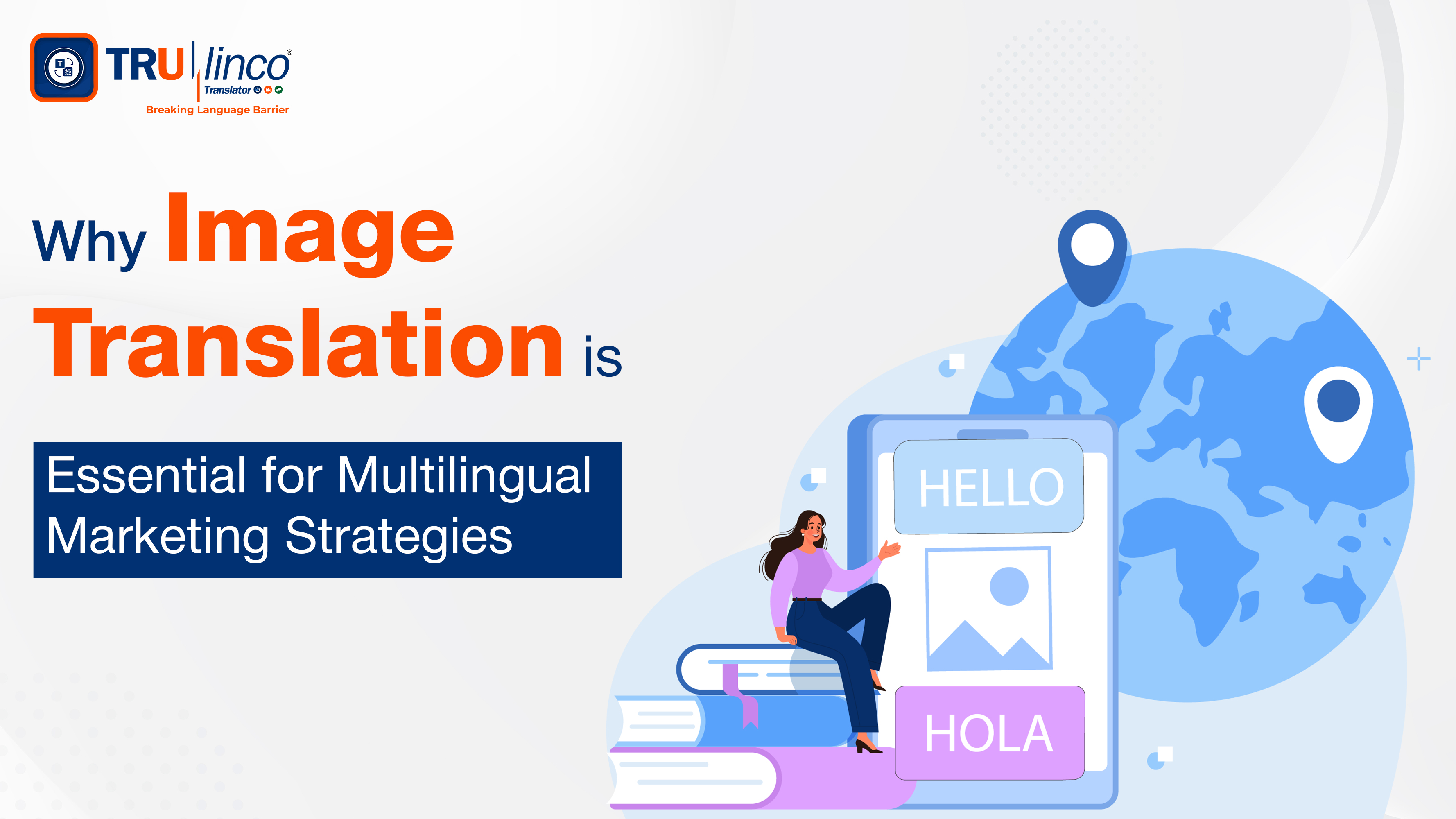
As the world keeps getting more global, businesses continue to reach out to very vast and diverse audiences across the world. To stay in touch with customers in foreign markets business are using real time translation software. This has gone beyond text translation to image translation. Images are very effective visual cues which may affect brand perception and understanding across cultures. Image translation is not just about converting words but also about adapting visual elements to resonate with the nuances of various languages and cultures.
Let’s explore the intricacies of image translation and understand why it’s an indispensable component of any successful multilingual marketing strategy.
Understanding Image Translation
Image translation definitely means more work than simply replacing the text written on the image. Cultural context, visual language, and technical manipulation should be important aspects for one to adhere to in handling image translation. Here are the key types of image translation.
- Localization: Allowing for the regional culture with some specific symbols or colours preferred in a region. A colour which happens to bring good fortune in one culture will then be associated with bad luck in some other culture.
- Transcreation: This can be a more creative approach, whereby not only are images translated but also adjusted to have the exact meaning and emotional impact in the target language. It entails the recharge of visuals in such a way that the target audience identifies itself with this.
- Global adaptation: It refers to the process of making such pictures that are to be used universally and will not require significant changes from one market to another. Though often difficult, this approach may make the translation of images easier.
Having understood the above different types of image translation, a business will be able to use the most appropriate method for its needs and target markets.
Here are Top Free Arabic to English Translation Apps. Read More
Challenges of Image Translation
Though image translation is a vital activity, it is very complex and challenging. Several factors can affect the effectiveness of image translation, such as:
- Cultural expressions: Different cultures have different symbols, colours, and gestures. These normally convey a specific meaning to them. Misconceptions can lead to cultural misunderstanding and offence. For instance, a color that is considered auspicious in one culture might be associated with mourning in another.
- Visual language: Images communicate through symbols, colours, and composition. Translation of these elements calls for an in-depth understanding of the language of visuals and how they are interpreted across cultures.
- Technical limitations: Translating images most of the time involves manipulating image files. Difficulties arise, which are technical in nature. Different file formats, software compatibility, and the quality of the image affect the translation process.
The only way out of this challenge is proper planning, collaboration with cultural experts, and specialised tools for translation.
Here are 5 Ways Image Translation Can Take Your Business Global. Read More
The Importance of Accurate Image Translation
Image translations may be required for a number of very important purposes. First and foremost,
- Brand consistency: brand image consistency inspires trust and recognition. Translated images featuring cohesiveness of the brand’s overall aesthetic ensure a consistent brand identity from one market to another.
- Cultural sensitivity: There is a probability of misinterpretation of the elements of the visual aspect that could be culturally offending and hurt the brand’s reputation. Making sure that the pictures are culturally appropriate will help in avoiding such negative outcomes and in building positive relationships with the target audience.
- Engagement and conversion: Relevant, culturally sensitive, and beautiful imagery can really engage a target audience and elicit conversions. Customers are more likely to purchase something if they feel familiarity with the branding in the images.
Briefly, image translation is not a nice-to-have anymore; it is part and parcel of successful multilingual marketing.
Know How to Translate Text from Images? Check Detailed Blog Post
Best Practices for Image Translation
To ensure effective image translation, businesses should follow these best practices:
- Collaboration with native speakers: Working with native speakers who understand the target culture can help avoid cultural misunderstandings and ensure that images resonate with the local audience.
- Use of translation tools: Specialized translation tools can assist in the image translation process by providing language resources, image manipulation features, and quality assurance checks.
- Quality assurance: It’s essential to conduct rigorous quality checks to ensure that translated images are accurate, culturally appropriate, and visually appealing. This can involve reviewing images for errors, inconsistencies, and potential offensive content.
By following these best practices, businesses can enhance the effectiveness of their image translation efforts and achieve successful multilingual marketing campaigns.
Conclusion
One of the most important parts of multilingual marketing, image translation helps a business come up with images that engage the target audience by keeping all the nuances, visual language, and technical limitations in view.
Following the best practices and investing in quality image translation will enhance brand reputation and build trust with international customers, leading to long-term success in global markets.

